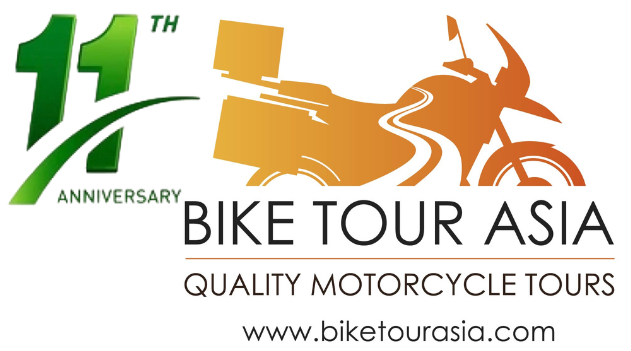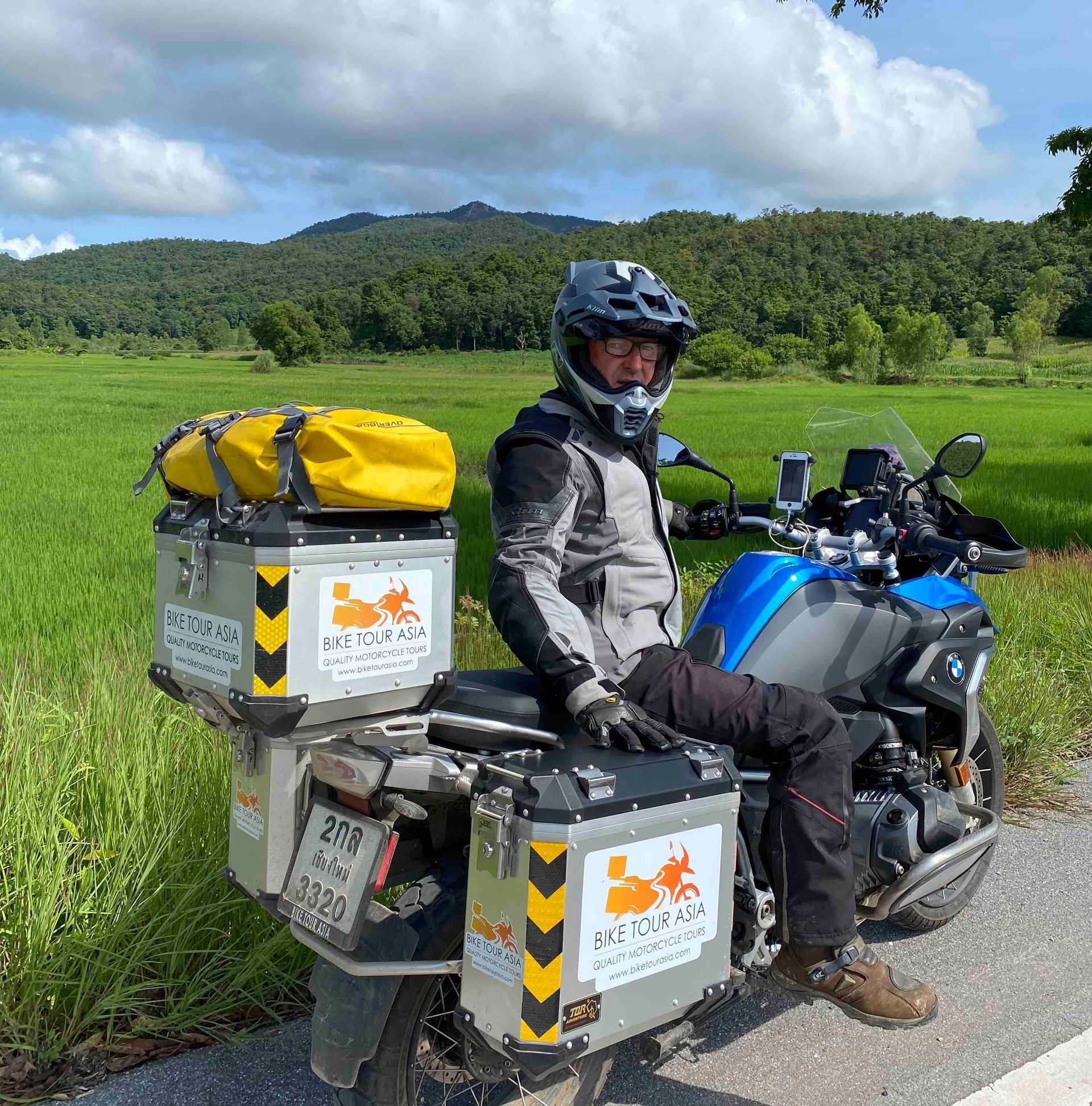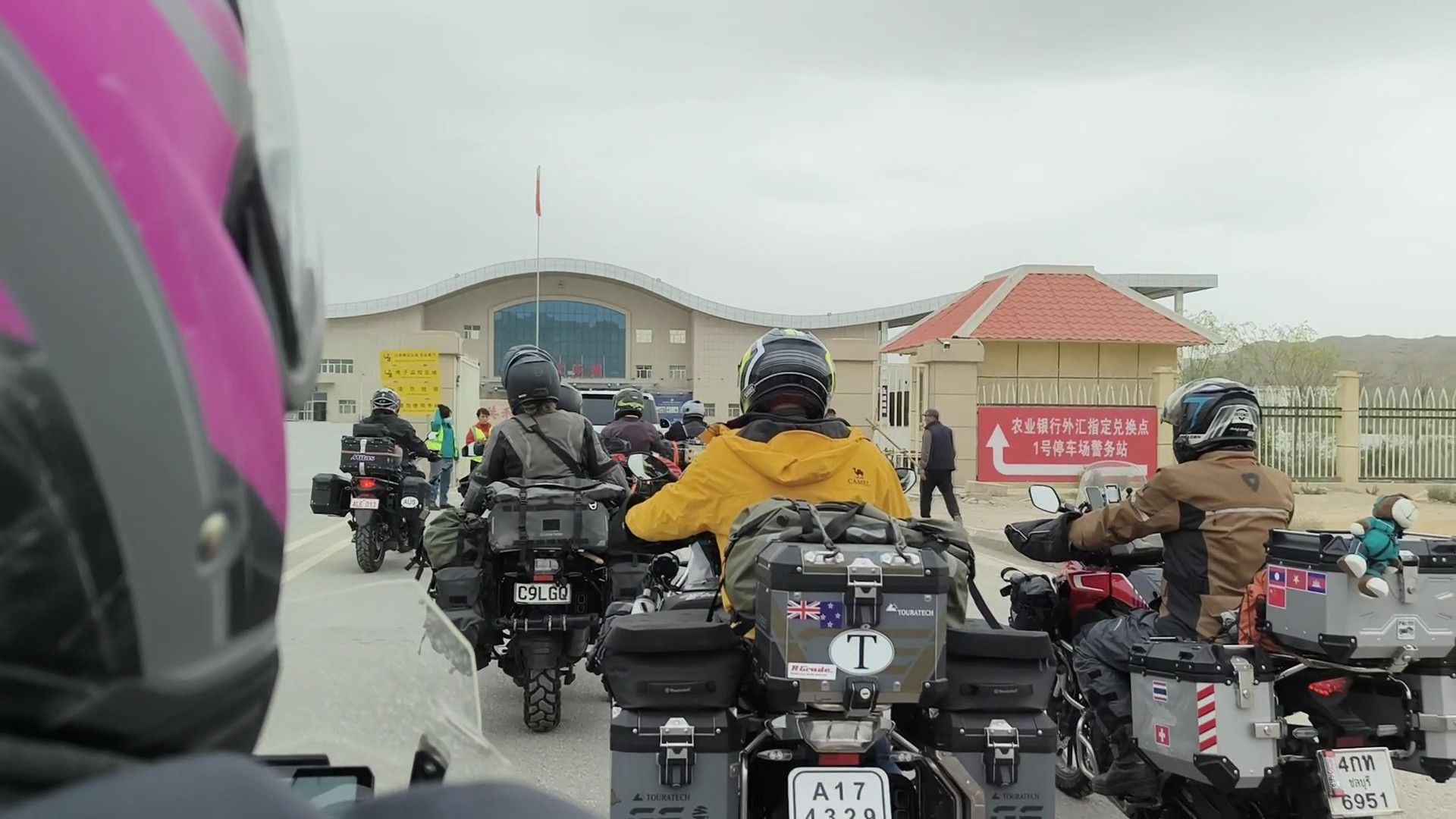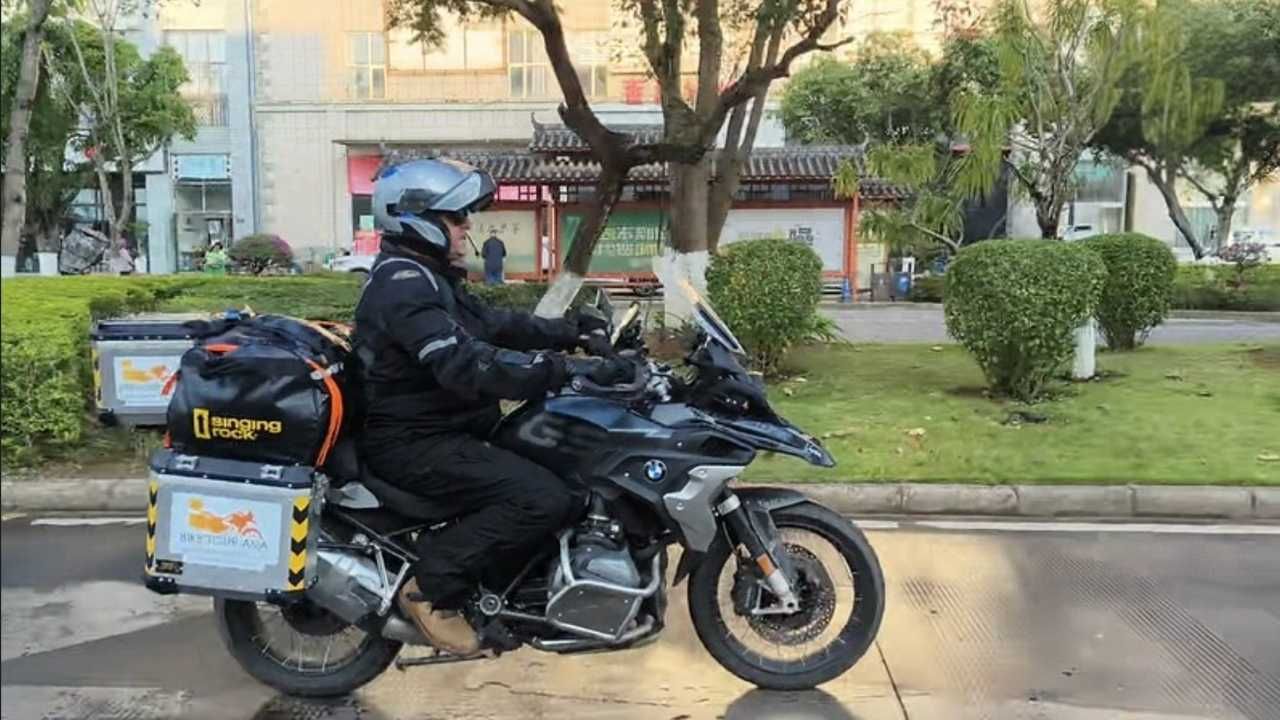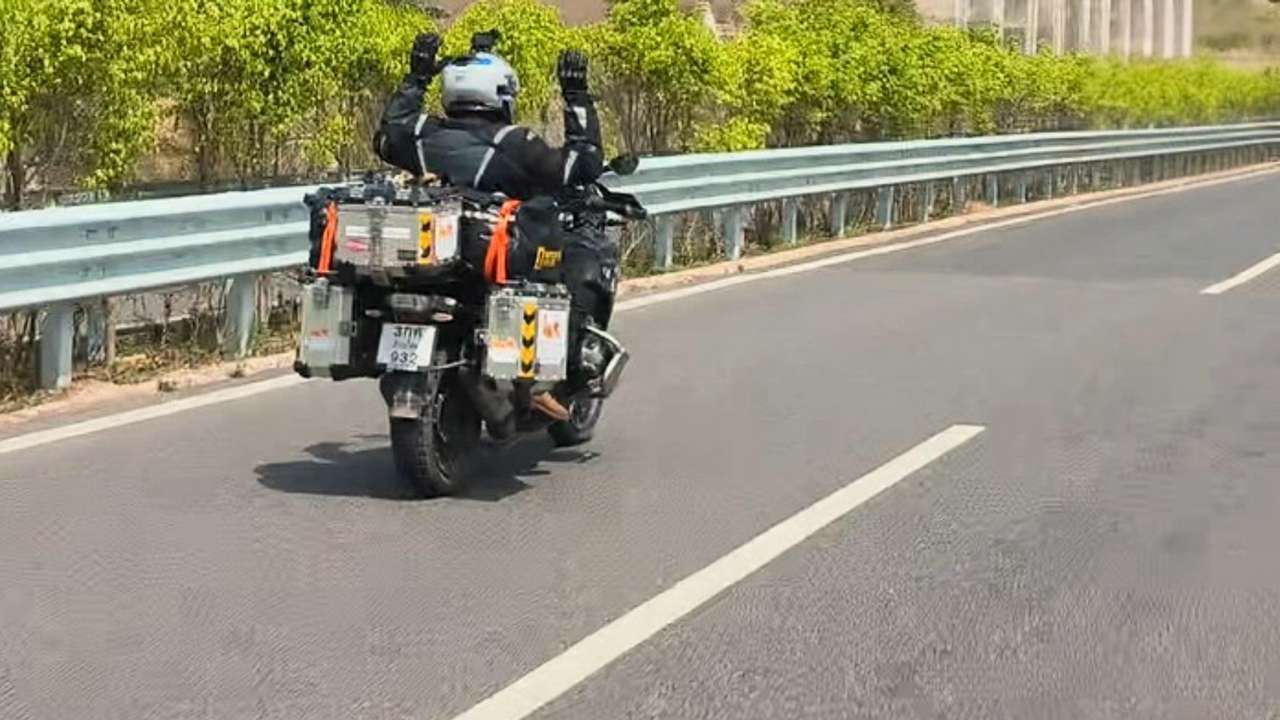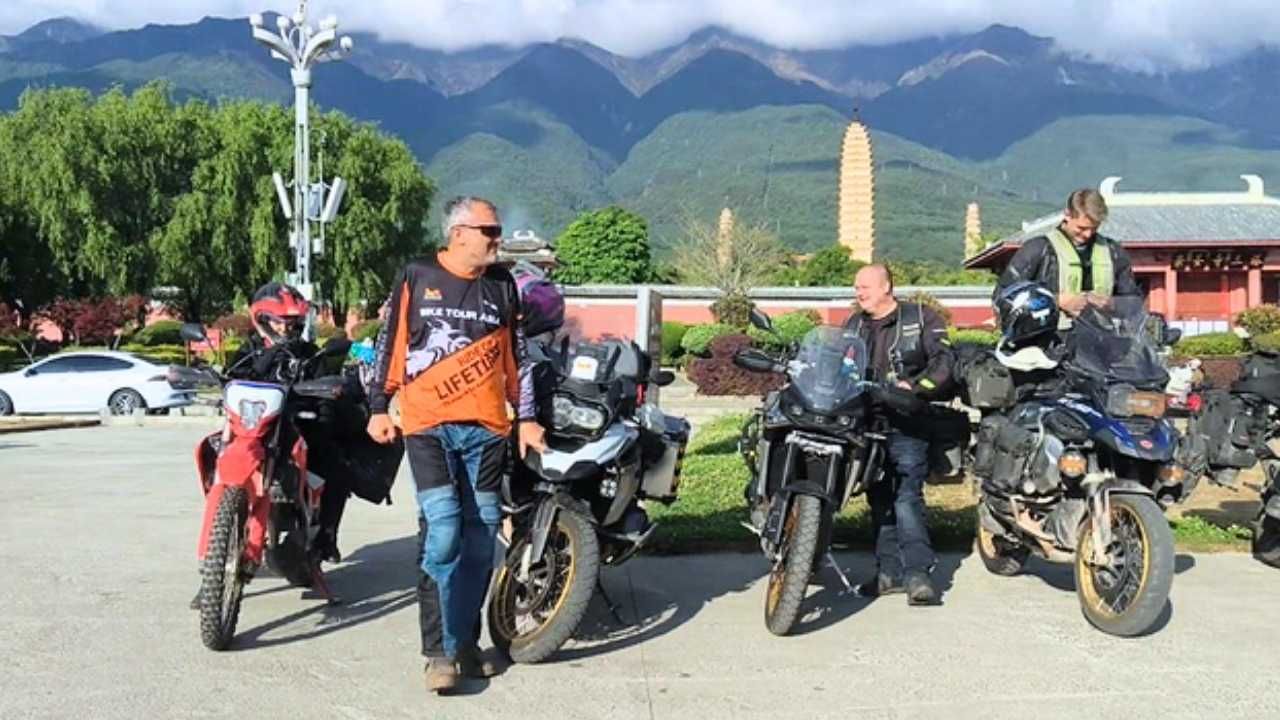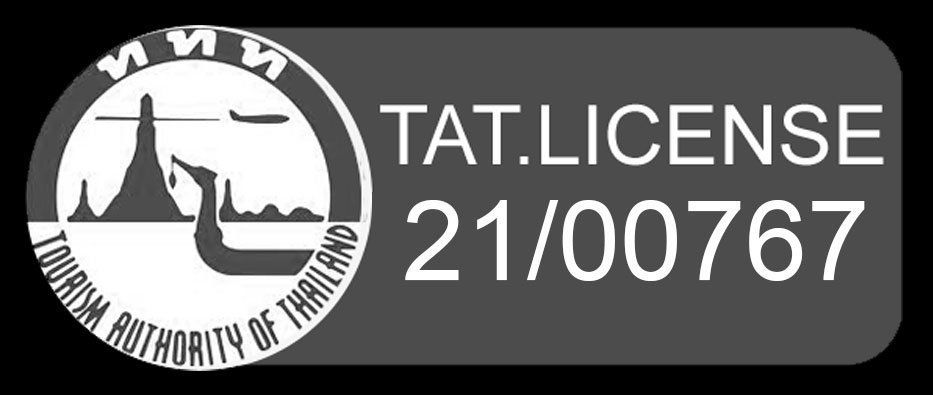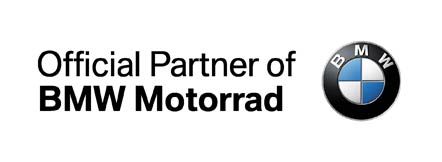How Much Does a Motorcycle Weigh? Touring Insights & Weight by Class
When you’re planning a motorcycle tour through Southeast Asia, understanding motorcycle weight isn’t just about specs but it’s the rider’s hidden partner. Every pound influences how a bike responds to curves, handles luggage, and feels on long highway stretches or gravel switchbacks. Whether weaving through the misty Northern Thai passes or riding along Laos’ smooth Mekong corridors, knowing what your bike weighs and what that weight means. It can make or break your ride.
Why Motorcycle Weight Matters for Riders
Motorcycle weight isn’t just a spec on a chart but it shapes your ride from the first turn to the last mile. It influences how easily you can handle corners, how the bike feels at high speeds, and how much gear you can safely bring along. Whether you're carving through the winding mountain roads of northern Thailand or gliding down the long highways of Laos, choosing the right weight class can be the difference between a smooth ride and a struggle. On average, motorcycles weigh between 350 and 700 lbs (160–320 kg), depending on their type and purpose.
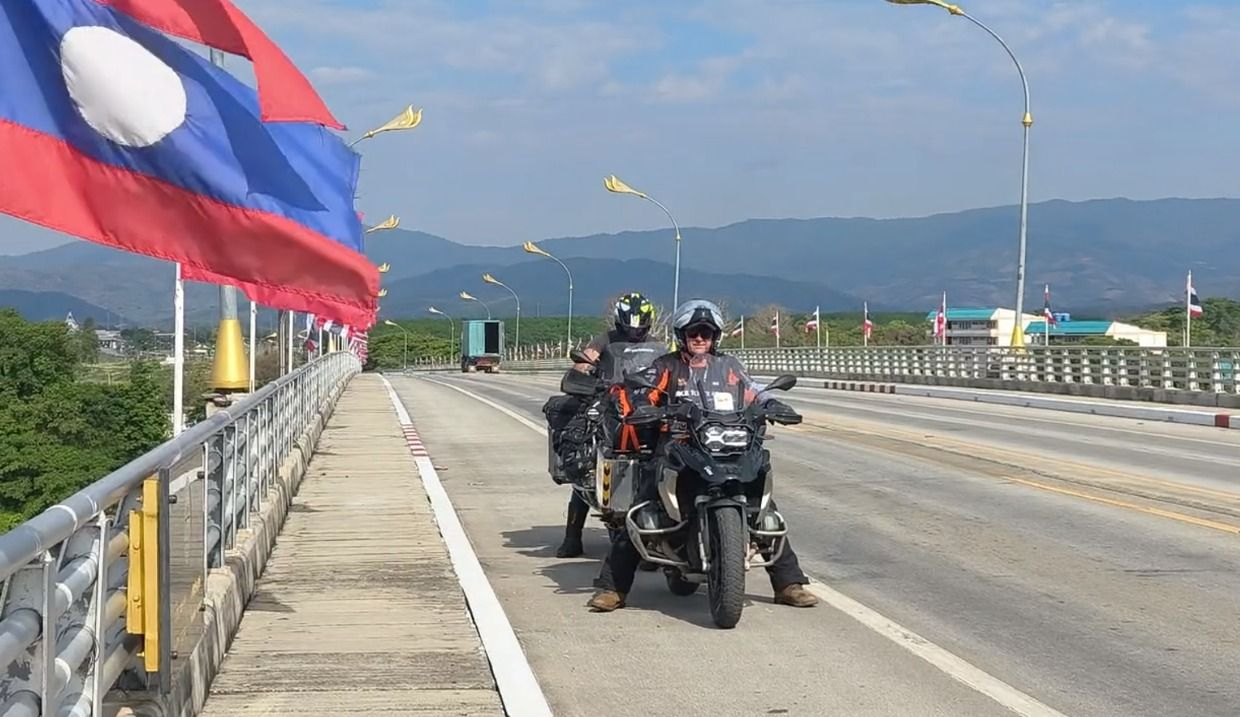
Motorcycle Weight by Type (Dry & Wet)
| Motorcycle Type | Average Dry Weight (lbs) | Average Wet Weight (lbs) | Weight (kg) |
|---|---|---|---|
| Sportbike | 350 - 420 | 375 - 450 | 160 - 205 |
| Cruiser | 500 - 700 | 550 - 750 | 250 - 340 |
| Touring Bike | 650 - 950 | 700 - 1,000 | 318 - 454 |
| Dirt Bike | 190 - 260 | 200 - 300 | 90 - 135 |
| Scooter | 140 - 270 | 150 - 300 | 68 - 136 |
| Adventure Bike | 400 - 600 | 450 - 650 | 204 - 295 |
Dry weight = no fluids.
Wet weight (curb weight) = all fluids + full tank, ready to ride.
Bike Tour Asia tip: When planning a tour, wet weight is the figure that truly matters.
Touring-Specific Weight Considerations
In Southeast Asia, motorcycle weight isn't just a number, it determines what routes are possible, how much you can pack, and how easily you handle real-world surprises on tour. Here’s how it affects your trip in practice.
Highway Cruising vs. Mountain Maneuvers
On flat open stretches, it’s like Thailand’s Route 4 along the coast means heavier touring bikes offer confidence at speed. But in Laos’ mountainous north, with sharp bends and unpredictable surfaces, a mid-weight bike is far easier to control, especially when riding for 6–8 hours a day.
Fuel Range on Remote Routes
Some of our cross-border routes can go 150+ km between fuel stops. Touring bikes with larger tanks help eliminate range anxiety, even if they weigh more. That tradeoff often makes a mid-weight ADV bike more practical than a smaller dual-sport.
Low-Speed Control in Urban and Off-Road Areas
Rural intersections, ferry ramps, and unpaved trails demand finesse. A 650-lb ADV bike might feel perfectly balanced when moving but becomes a challenge if you need to back it up or maneuver tight parking in a village with luggage loaded.
Packing Smart Without Compromise
Bikes built for touring handle weight better. You can pack spare tools, hydration, and weather gear in panniers without making the ride feel top-heavy. It’s critical on multiday trips where conditions and terrain vary drastically.
On our tours, we’ve found bikes like the BMW F 900 GS and Triumph Tiger 900 strike the best balance. They’re light enough to inspire control on hairpins and strong enough to carry gear across borders for weeks at a time. - Daniel, Bike Tour Asia
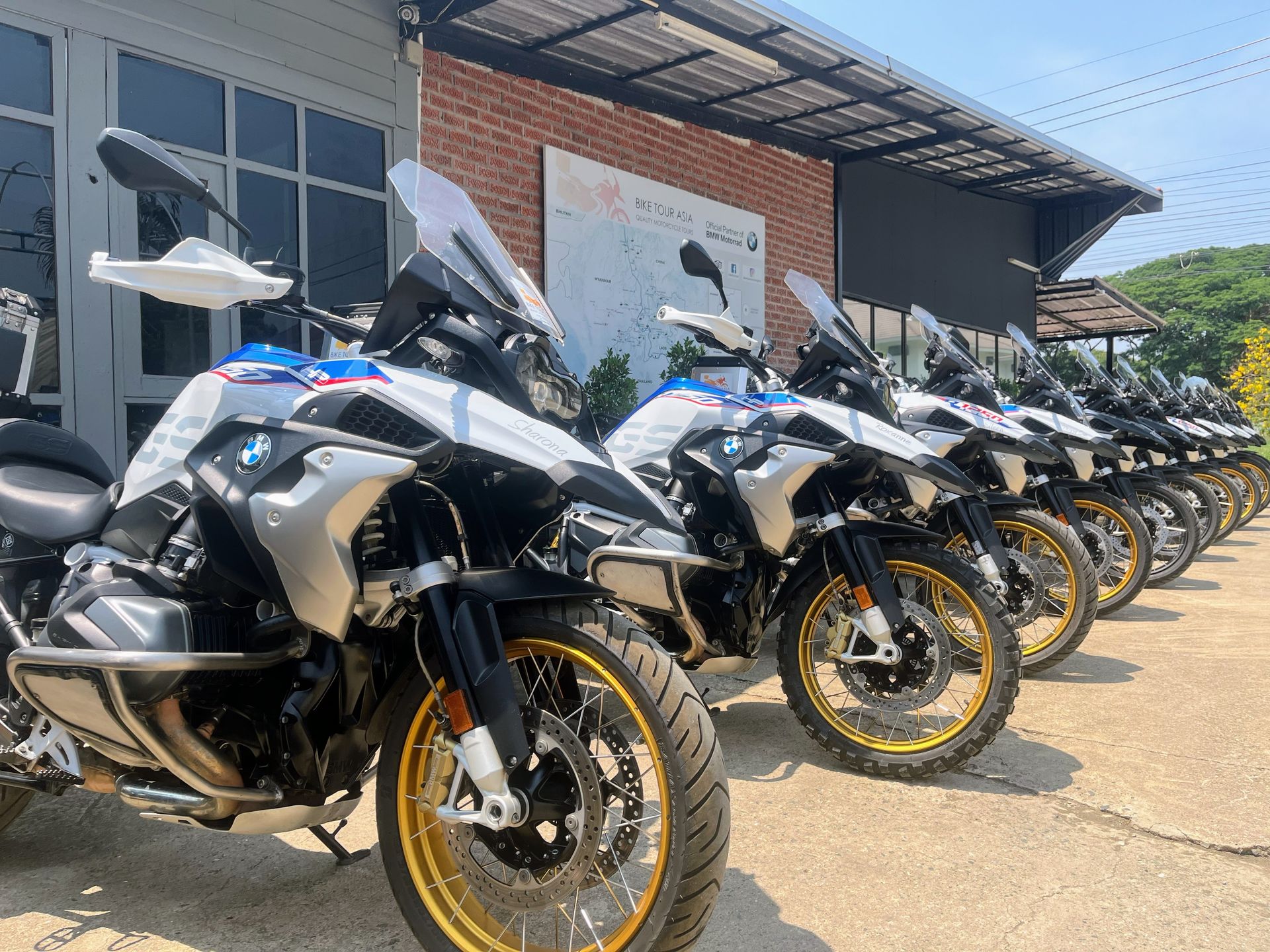
Dry vs. Wet Weight: What You Need to Know
Understanding the difference between dry and wet weight is more than a technical detail. It directly affects your comfort, control, and luggage choices on tour.
Dry Weight
This refers to the bike’s weight without any fluids: no oil, coolant, brake fluid, or fuel. Manufacturers often use dry weight in marketing to make a bike appear lighter. But it’s not what you’ll actually ride.
Wet Weight (Curb Weight)
Wet weight includes all fluids and a full tank of fuel what you’ll experience the moment you hop on and twist the throttle. It’s a realistic figure for evaluating how the bike will handle real-world riding.
On tour, that added 30–50 lbs from fluids alone makes a difference, especially once you load your panniers. A mid-weight bike at 430 lbs dry could easily top 500 lbs fully loaded and ready to ride.
Why Wet Weight Matters More
Wet weight reflects how the bike feels under real touring conditions; fully fueled, packed, and prepped. It influences balance, braking, and low-speed handling, particularly on challenging terrain or long riding days.
Bike Tour Asia Tip:
Always compare motorcycles by wet weight, especially when renting, touring in unfamiliar terrain, or packing gear for multi-day adventures.
Choosing the Right Motorcycle Weight for Your Tour
Selecting the right motorcycle weight isn’t just about spec sheets but it’s about matching the bike to your height, strength, riding experience, and the demands of your route. Here’s how we help our riders choose the right fit.
Beginners or Shorter Riders
If you're new to touring or under 5'6" (167 cm), we recommend sticking to bikes under 500 lbs wet. Lighter bikes offer better balance, easier handling during low-speed turns, and less strain during stops or dismounts. Models like the Honda CB500X or BMW G 310 GS are popular for confidence-building rides.
Long-Distance Touring
For long-haul rides like our 12-day loop through Thailand, Laos, and Vietnam, bikes in the 600–800 lb range offer serious comfort: upright seating, plush suspension, and features like cruise control, heated grips, and wind protection. Think BMW R 1250 RT or Harley-Davidson Heritage Classic (when available).
Dual-Terrain Riding in Southeast Asia
In this region, conditions can shift fast: tarmac, gravel, dirt, narrow bridges, ferry ramps. A mid-weight ADV bike in the 450–650 lb wet range hits the sweet spot. It carries gear confidently, cruises highways with ease, and handles mountain curves without feeling cumbersome. Our most booked models? The Triumph Tiger 900 GT Pro (436 lbs wet) and BMW F 900 GS (483 lbs wet).
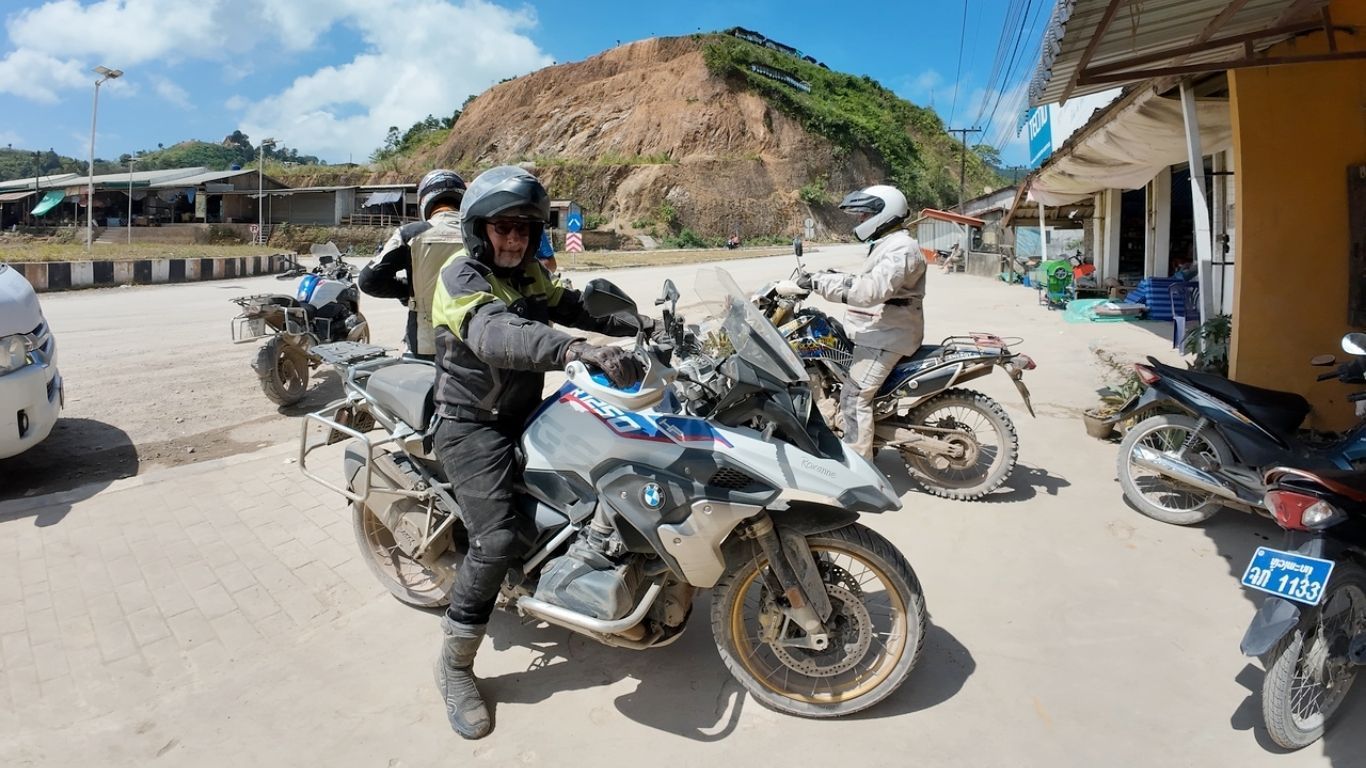
What Motorcycles Are Used on Bike Tour Asia Rides?
Bike Tour Asia operates its own fleet of premium adventure motorcycles—handpicked for performance, comfort, and reliability across diverse Asian terrain. All bikes are equipped with panniers, protection accessories, and are regularly serviced by certified BMW and Triumph partners.
Used in Southeast Asia (Thailand, Laos, Vietnam, Cambodia, Myanmar)
- BMW F 900 GS – A versatile mid-weight ADV, perfect for mixed terrain and multi-country touring.
- Triumph Tiger 900 GT Pro – Smooth, agile, and fully outfitted with comfort-focused features.
- Honda NX500 – Lightweight, approachable, and ideal for riders new to the region or those under 5'6".
Used in China and High-Altitude Rides (e.g., Tibet)
- BMW R 1250 GS – Built for endurance and performance in rugged, high-elevation conditions.
- BMW R 1300 GS – A modern powerhouse with advanced handling, comfort, and touring range.
What Makes the Fleet Tour-Ready?
- All bikes include crash protection, top boxes, and panniers for gear and spares.
- Support vehicles (Toyota Commuters) accompany most guided tours, carrying luggage, spare parts, tools, and backup support.
Ready to Choose the Right Touring Bike?
Whether you're planning a cross-border adventure or a scenic loop through Thailand’s mountains, motorcycle weight is only part of the touring equation. Now that you know what to look for—from dry vs. wet weight to regional-ready specs. It’s time to find your perfect ride.
Explore our Motorcycle Fleet to see the bikes riders trust across Laos, Vietnam, Cambodia, and Thailand.
Need more than just a bike?
Get expert service and maintenance for your own ADV machine.
Use our long-term storage to keep your bike tour-ready in Chiang Mai.
Or rent fully prepped motorcycles with self-guided rental packages.
Prefer something fully supported?
Check out our guided multi-day tours—complete with support vans, border crossing logistics, and handpicked accommodations. It's the easiest way to ride Southeast Asia like a local.
